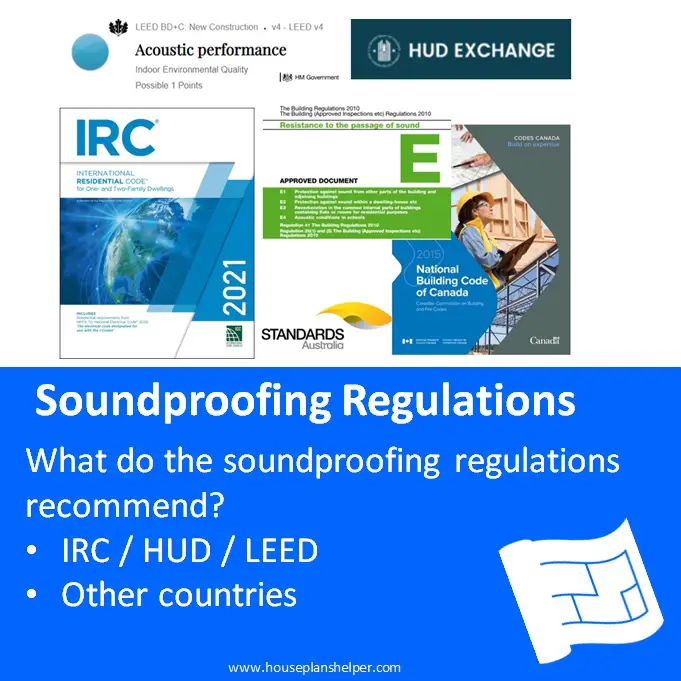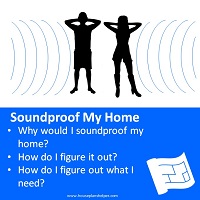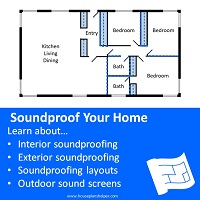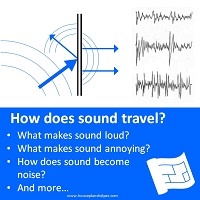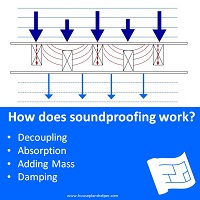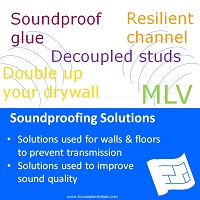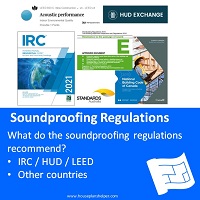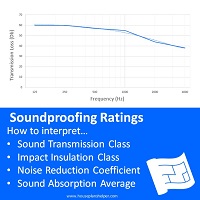- Home
- Soundproofing
- Soundproofing Regulations
Soundproofing Regulations
I went in search of soundproofing regulations and codes that can be used to determine what an acceptable noise level is inside a residential building and what reverberation levels are acceptable.
Following on from this, what does that mean for the specification of the walls, floors, windows and doors in your home in terms of noise control?
Make sure you’ve read 'How does sound travel?', 'How does soundproofing work?, and about soundproofing ratings or some of the information on this page won’t make much sense.
International Residential Code
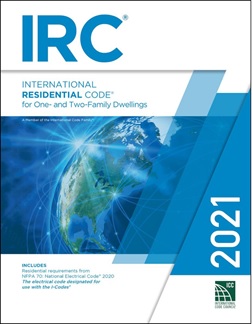
Where better place to start looking into soundproofing regulations than the IRC.
It may interest you to know that, the International Residential Code only sets a standard for sound transmission between dwellings (between two individual homes attached side by side or above and below each other). The IRC doesn’t set a standard for sound insulation to deal with outdoor noise, or for sound insulation to provide good sound quality within a room or privacy between the different spaces in your home.
The 2018 IRC sets a standard STC of 45 for noise transmission between residential buildings.
In 2021, the IRC standard STC will rise to 50.
Department of Housing and Urban Development

The US Department of Housing and Urban Development (HUD) has set the soundproofing regulations regarding acceptable levels of noise at a site for a residential home. These standards apply to any buildings that HUD is funding but not your private home build or renovation project.
In summary the HUD standard states that..
- No sound insulation is required if the Day-Night Average Sound Level (DNL*) is not more that 65dB.
- Sound insulation is required if the Day-Night Average Sound Level (DNL*) is above 65dB but not more than 75dB
*The Day-Night Average Sound Level (DNL) is the sound level in on your site averaged over 24 hours, but with 10 decibels added to all sound between 10pm and 7am before the average is calculated. This means the DNL is usually greater than the true average sound level over the day.
It does not give any guidance on what would be an acceptable level of sound within your home or an acceptable reverberation level in your home.
LEED
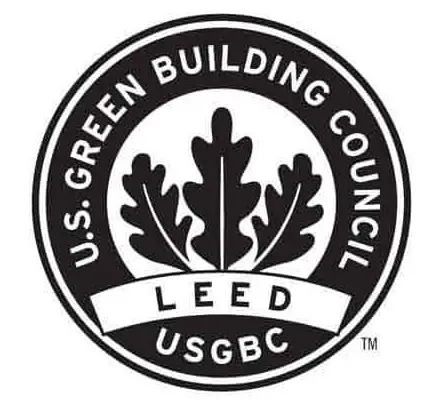
The LEED rating system has a pilot credit for ‘Acoustic comfort EQpc47'. It’s the most promising set of soundproofing regulations that I came across. The WELL building standard uses this LEED standard.
As an approximate summary, The LEED standard provides advice on noise reduction methods that aim towards the maximum background noise level in your home once completed not exceeding 40db*.
*I have altered this definition slightly to make it simple. For the purposes of this explanation, dB have been taken as equivalent to dbA as is more or less the case between 1K and 10K Hertz.

Acoustically sensitive rooms
From the LEED standard, "These requirements only apply to “acoustically sensitive” rooms, such as bedrooms, dining rooms, living rooms, and studies. (“Acoustically insensitive” rooms include bathrooms, kitchens, and hallways.) Projects may also implement the measures throughout the entire home."
You’ll need to decide for yourself the areas in your home that you deem to be acoustically sensitive. I would certainly want to include my bathroom as being acoustically sensitive as a quiet bath is one of my pleasures in life.
The prescriptive methods are useful to help determine what you might specify for soundproofing in your plans.
There’s no guidance on acceptable reverberation times or on STC standards for walls internal to a residence.
There is a further LEED standard called ‘Acoustic Performance’ which applies to New construction which includes condominiums and multi-family dwellings but nor your individual family residence. In the absence of anything else, it will do.
The LEED Acoustic Performance standard recommends a T60 reverberation time of less than 0.6 seconds.
Soundproofing regulations around the world
I had a look at the soundproofing regulations in other countries just to see what they had to say.
Canada
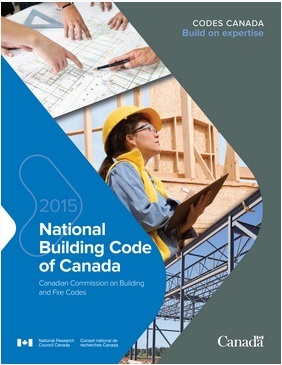
Similar to the International Residential Code, the National Building Code of Canada (NBC) currently dictates some soundproofing regulations for noise transmission between dwelling units, but not within homes. Still, they’re a good place to start so let’s take a look.
The NBC doesn’t set a target noise level, but instead a standard for sound insulation. Rather than just use STC, the Canadian standard uses something called Apparent Sound Transmission Class (ASTC). The STC rating describes sound transmission of the wall assembly under laboratory conditions, ASTC takes into account the sound travelling through switches and outlets. So, ASTC is a more realistic measure than STC for describing what you actually hear through a wall in reality.
NBC requires an ASTC of not less than 47 between dwelling units. This is roughly the equivalent of a lab tested wall assemble with an STC of 50.
UK
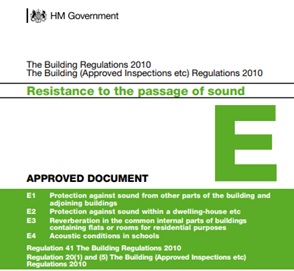
The UK soundproofing regulations don’t set a target noise level for inside buildings but rather a target level of sound insulation.
Look in section 0 to see the performance standards. Note that in the UK, the IIC isn't used, instead it's L,nT,w which is a measure of impact sound insulation which measures the noise getting through rather than the loss in noise, hence the reference in the standard to maximum values.
The completed construction minimum level of airborne sound resistance (including lower frequencies, not included in STC ratings) for dividing walls and floors between dwellings is 45dB (decibels) in new builds and 43dB in conversion projects.
The completed construction minimum level of airborne sound resistance (including lower frequencies, not included in STC ratings) for dividing walls between rooms in homes is 43dB (decibels) in new builds and 43dB in conversion projects. For floors it’s 45dB for new builds and 43dB for conversions. This level should easily cut out normal levels of speech, TV and music playing.
The regulation states that the above results for walls between rooms in homes should be achieved if the STC for walls and floors is a minimum of 40dB.
At first it seems strange that the STC standard of 40db suggested for building assemblies is lower than the minimum targets (43/45dB). This is because the target includes a correction for low frequencies that are not included in the STC ratings, therefore the higher figure.
Trial and error shows that assemblies with an STC of 40dB bring about the desired result.
There’s no guidance on reverberation times.
Australia

Standards Australia (2000) has the following soundproofing regulations for design sound levels in an inner suburbian house.
| Area | Satisfactory (dB) | Maximum (dB) |
|---|---|---|
| Living | 35 | 40 |
| Bedrooms | 30 | 35 |
| Work | 35 | 40 |
You’ll notice these are in line with the LEED standard.
For adjoining dwellings, the Australian building code requires STCs of 50dB for floors, 50dB for noisy rooms and 45dB for walls. However, there’s no standard for walls within homes.

